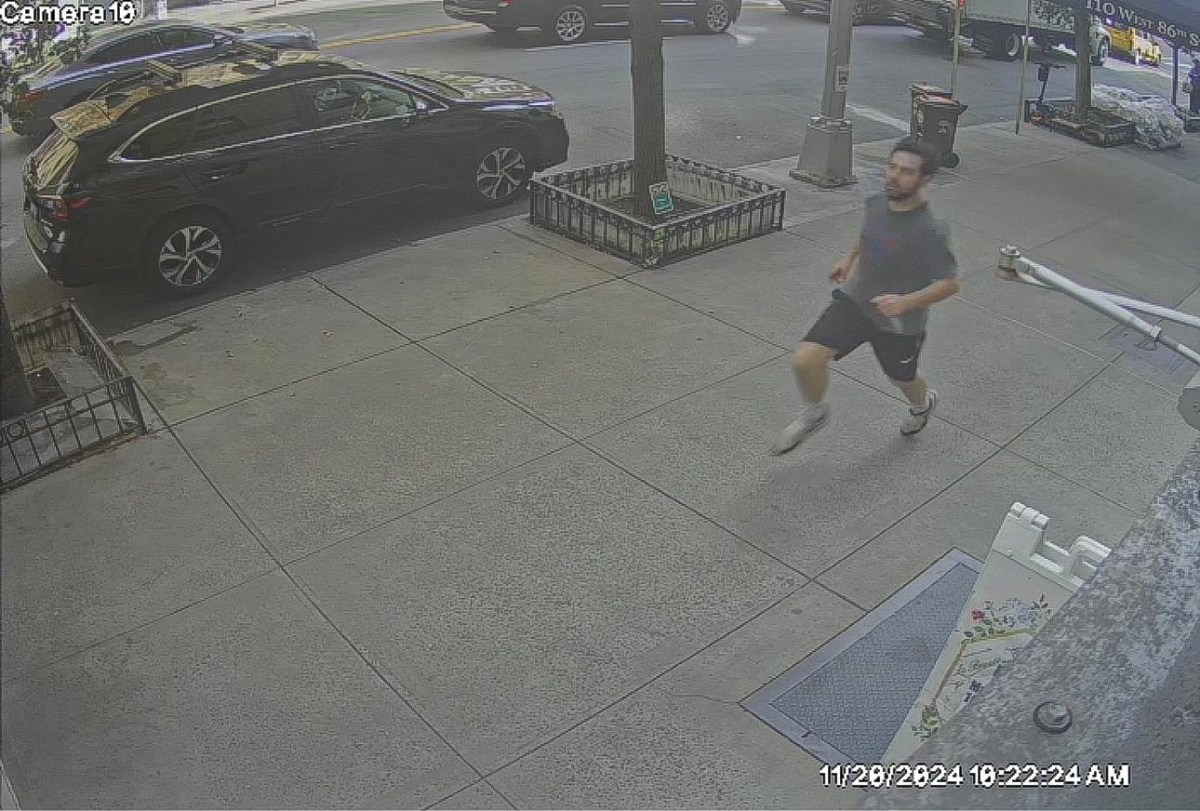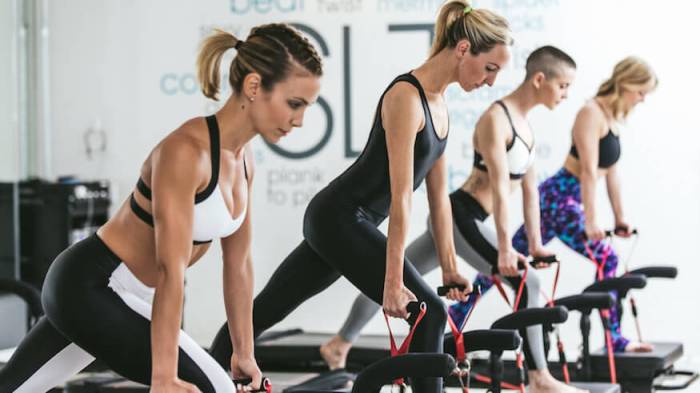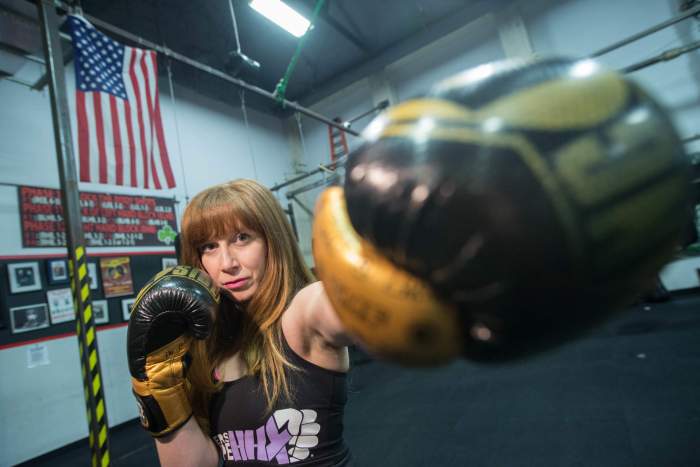With our hectic schedules, making the time for regular exercise can be challenging. But even if you’ve found a way to fit in that after work spin class or wake up early for that morning run several days a week, if you’re not properly warming up and cooling down, your efforts might be self-defeating. Muscle tightness from improper stretching and inadequate rest and recovery can lead to injuries and chronic soreness. We spoke with experts who shared the best techniques for keeping your muscles limber and preventing unwanted strains. Related: Are you overdoing it in spin class? Use a foam roller before your workout
Although common sense would lead you to believe you should stretch before you work out, it’s actually quite detrimental. Jenn Menzer, a personal trainer in Boston, likens stretching tight muscles to pulling on a knotted rubber band — they only get tighter. Instead, begin with a foam roller session. “This not only ‘warms up’ the muscles by creating heat, but most importantly it removes knots and fascial adhesions which will improve performance, increase mobility and decrease risk of injury,” she explains. To get the most out of a foam roller, she recommends going slowly, pausing over points of tightness (for no longer than 20-30 seconds) to release them.
When you follow your foam rolling with stretches, they should be longheld — two to five minutes each — so as to “bypass the muscle and go into the connective tissue, targeting fascia, tendons and ligaments,” she says. Her free Deep Stretch for Athletes audio class includes yoga stretches like pigeon, swan, butterfly, and caterpillar that open up the hips, thighs, glutes and lower back.
Stretch to relax your muscles, not strain them more
Hakika V. Dubose is the founder ofPower Stretch Studios, where clients book one-on-one, customized sessions with “stretch coaches” who do the stretching for them. “When you stretch on your own you’re actually creating tension instead of releasing it,” explains Dubose. “You have to grab and pull, and that defeats the purpose.” The 32-year-old former actor and dancer calls this technique of passive stretching theKika Method, and says it’s based on how dancers stretch, “by completely letting go, letting gravity pull them down naturally, without tensing up.” The stretch coaches “replace gravity,” which allows the clients to completely relax. DuBose attributes the rise of peak fitness studios like SoulCycle and CrossFit, which folks visit several days a week to lose weight, feel healthy and get a certain look, to causing burnout and muscle tightness. “The definition of muscle tone is a constant contraction in the muscle,” she explains. “Your muscles are clenching and tight, and you never release the muscle. You need some kind of balance, something to counter that.” Inactivity is another culprit. “As we age, our bodies start to become restricted in the form we’re currently in: your body creates a cast based on what you do for a living or your hobbies,” she explains. “Stretching helps you reset, break free of that.” Make time for “active recovery”
Tatyana Souza, a yoga instructor and owner of Coolidge Corner Yoga in Brookline, Mass., and Sadhana Yoga in Boston, says the key to preventing injury is to keep your muscles limber. “Injuries happen when a muscle is tight and you hyperextend it,” she explains. “Yoga increases the pliability and length of the muscle and increases the range of motion.”
She describe her class, “Yoga for Athletes,” as “active recovery”: a low-intensity activity that gives high performance athletes a break in between workouts — while still engaging and strengthening the muscles. Positions like Plank and balancing on one leg help strengthen the body’s core “stabilizer muscles” which support the joints. High lunge, low lunge, andWarrior Ilengthen the hip flexors, whileForward FoldandDownward Facing Dogextend the hamstring. “Everything is connected,” she explains. “If the hamstring is tight, usually the calves and arches and the lower back are also tight. It’s not just one pose, it’s the whole practice that gets everything opened up.”
























